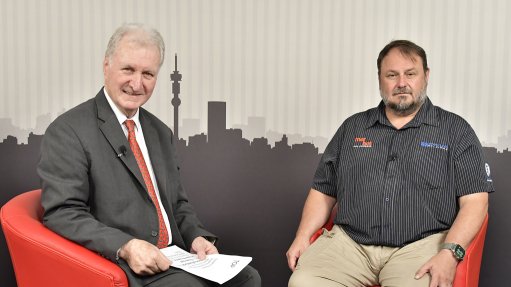Microgrids add new arrow to Africa’s electricity access quiver

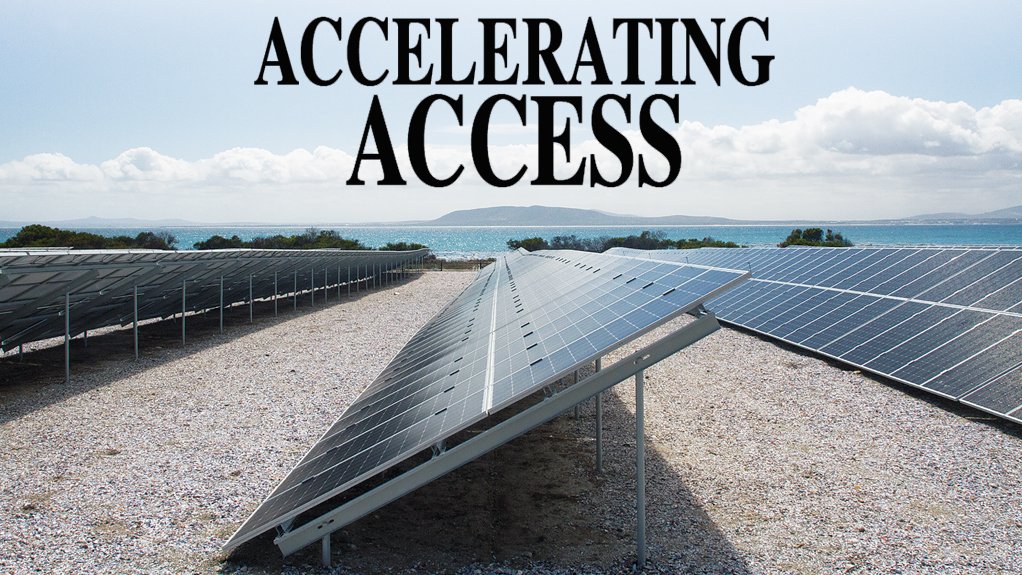
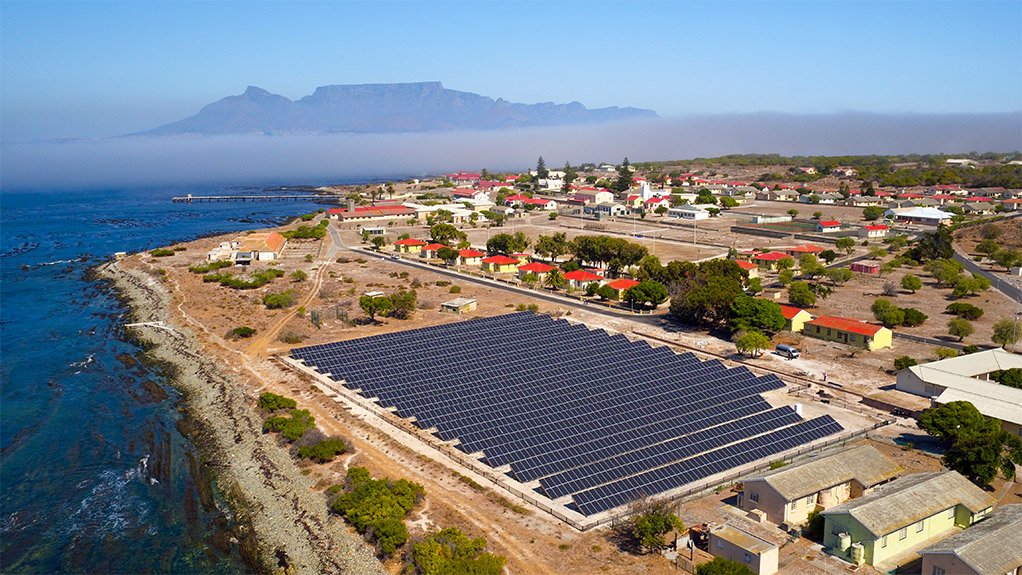
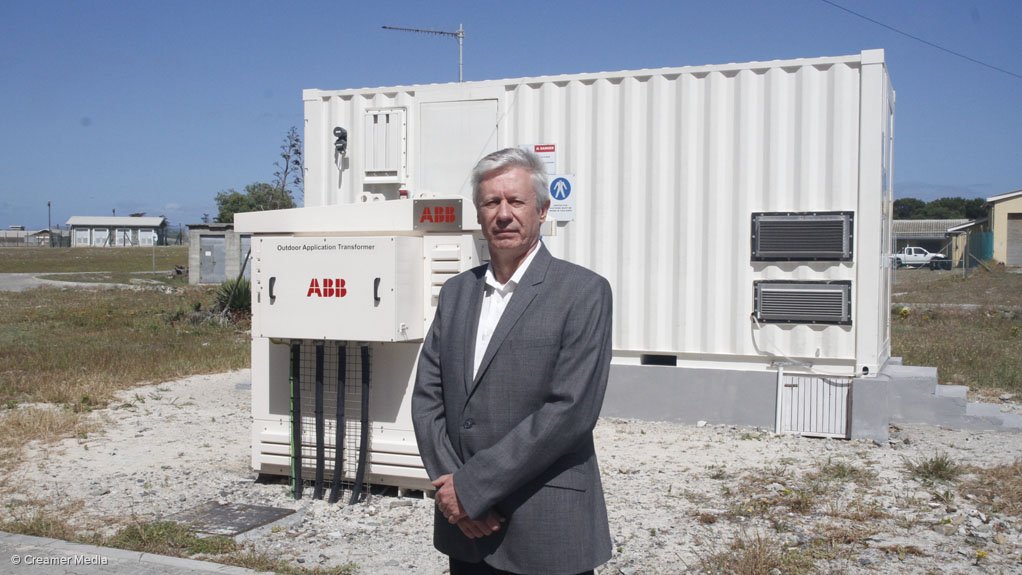
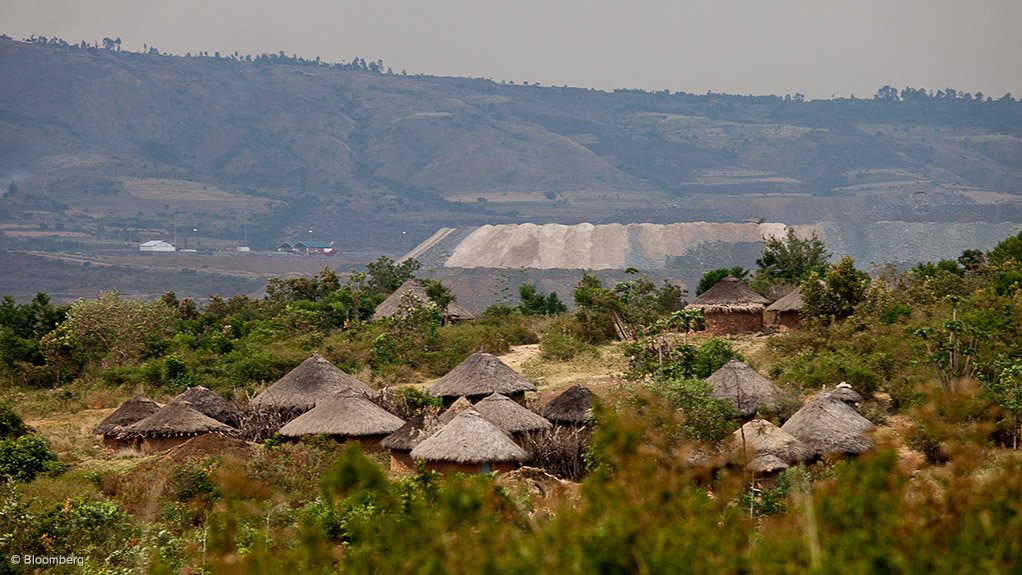
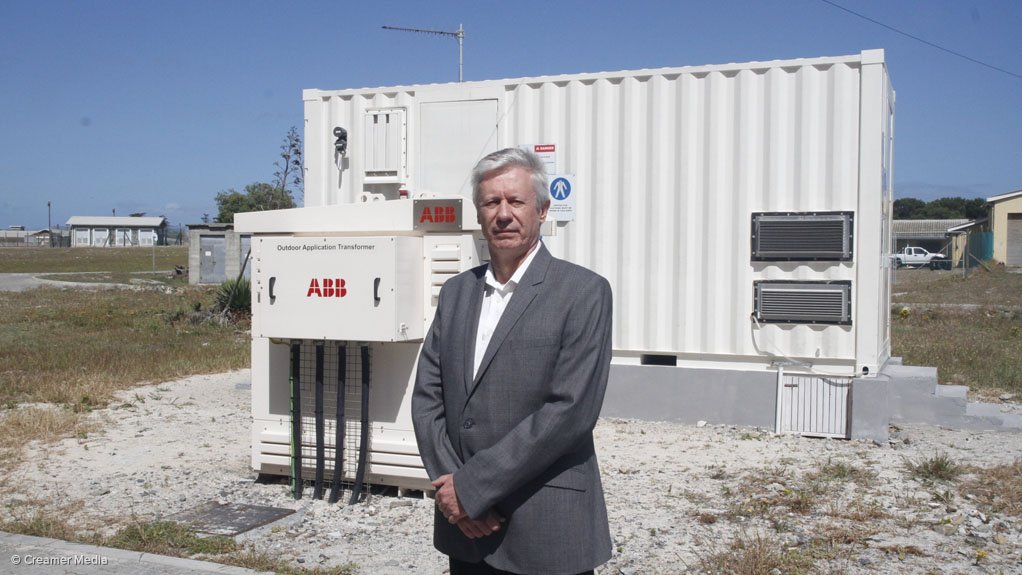
QUINTESSENTIAL SYSTEMS Microgrids can bring power to those without access to electricity in a quick and sustainable way and at more cost-effective prices
LEON VILJOEN: Microgird technology isone of the benchmarks of how ABB can provide support to allow for stronger, smarter and greener grids
Photo by Duane Daws
HYBRID APPROACH Hybrid systems to provide electricity security to mines and remote areas unlock investments in new mining and industrial activity that would otherwise not be realised
Photo by Bloomberg
LEON VILJOEN: Microgird technology isone of the benchmarks of how ABB can provide support to allow for stronger, smarter and greener grids
Photo by Duane Daws
The launch of a R25-million solar energy, lithium-ion battery storage microgrid on Robben Island – the World Heritage Site in Table Bay, Cape Town, which, until recently, relied on diesel to generate electricity – not only showcases the versatile advantages of microgrid technology, but also underscores the potential to use microgrids to accelerate electricity access.
In Africa, where millions are still without modern energy services, migrogrid technology is increasingly being considered as a serious remedy for addressing energy poverty in the absence of enabling grid infrastructure. In addition, commercial enterprises, from mines to shopping malls, are assessing microgrid investments as a way of lowering energy costs, diversifying sources of supply and locking in price certainty.
“Microgrids are an ideal solution to bring power to those without access to electricity in a quick and sustainable way . . . at cost- effective prices,” automation technology group ABB South Africa and Southern Africa MD Leon Viljoen asserts, noting that these systems, depending on their size, can be constructed within 9 to 18 months.
He further highlights that establishing large power grids in remote villages is uneconomical and too time-consuming.
Viljoen believes that microgrid systems are quintessential, not only for the environment but also from a business perspective.
ABB provides several technologies for microgrids, such as solar inverters that convert the variable direct current (dc) output from the solar panels into the alternating current required for electric utilities for the microgrid.
Technologies for the Robben Island grid also include the ABB Ability wireless network that connects the solar photovoltaic (PV) plant to the microgrid, providing reliable and secure communications, while an operations centre in Cape Town monitors and controls the microgrid. The company’s containerised, modular plug-and-play microgrid solution includes an ABB Ability PowerStore battery energy-storage system and the dedicated Microgrid Plus control system with Internet cloud-based capabilities that allow for remote operation.
Aiding the attraction and, thus, acceleration of the application of microgrid technologies is the increasing decline in solar PV costs and improvements in battery costs.
Additionally, reports from the International Renewable Energy Agency estimate the likelihood of energy storage prices, depending on the technology, halving within three to six years.
City Power demand-side management and supply-side management manager Paul Vermeulen suggests that microgrids have the added advantage of being free from any future bulk energy procurement costs, as the solution, particularly when drawing on renewable energy, does not require buying conventional electricity from a power supplier.
Commercial Merit
Viljoen explains that microgrids can result in significant cost savings, particularly if they can partially replace diesel use (by generators), which is the case at Robben Island.
The generators on the island used about 600 000 ℓ/y of diesel; however, by replacing the diesel with solar and battery-storage power 75% of the time, 75% of the diesel can be saved, Viljoen avers.
Similarly, the world’s largest offgrid hybrid power plant has resulted in significant diesel savings for the DeGrussa copper/gold mine, in Western Australia, according to energy solutions provider juwi Renewable Energies MD Greg Austin. In 2016, juwi successfully commissioned this plant – a fully integrated, offgrid solar-battery-diesel hybrid system with a 20 ha solar farm of 10.6 MWp and a 4 MW battery facility.
The system, designed to fully integrate with an existing 19 MW diesel power station, has saved more than 2.5-million litres of diesel at the mine to date, Austin noted in an opinion piece published in July.
“This flagship project serves as a global proof of concept,” he emphasised.
According to Austin, future African mines will increasingly be powered by solar and wind power, which reduce risks and diesel energy costs.
“A hybrid approach to energising mines will not only boost the security and viability of many African mines but also unlock investments in new mining and industrial activity that would otherwise not be realised,” he stated.
Similarly, engineering, procurement and construction contractor of the Robben Island microgrid Sola Future Energy design engineer Ian Burger told Engineering News during a site visit to the microgrid on the island last month that microgrids, which he believes are the future of electrification, can assist “in powering Africa in a clean and efficient manner, while . . . empowering the economy of Africa”.
Electrification Drive
Microgrids are expected to play a considerable role in assisting in the electrification drive and adoption of energy storage across Africa in the future, according to State-owned development finance institution the Industrial Development Corporation senior project development manager Bertie Strydom.
In some African countries, grid penetration remains low and access to electricity remains below 50%.
Strydom tells Engineering News that the concept of renewable energy, combined with energy storage solutions and diesel or fuel cells, creates opportunity for electrification access in remote or geographically challenging areas.
While ABB describes the Robben Island geography as “daunting”, it has, meanwhile, also provided technology for microgrids on an Alaskan island, a remote town in Australia and at an Antarctic research station. Further, a microgrid that the company has installed is providing reliable electricity supply for an international Red Cross centre, in Kenya, while another microgrid in Kenya has harnessed wind energy for a remote village, which did not have the option to connect to a central grid.
For ABB, which has installed about 40 microgrids worldwide, this technology is adaptable and can be deployed wherever “a remote or geographically discrete population shares the need for clean, sustainable and stable energy separate from a big public-utility grid”.
While the microgrid technology from ABB provides stable, sustainable power as standalone systems or backup alternatives to central utility grids, Viljoen suggests that the technology “is definitely one of the benchmarks [in terms of] how ABB can provide support to allow for stronger, smarter and greener grids.”
African Consideration
Following participating in an infrastructure development initiative, ‘Africa TechNet’, set up by the United Cities and Local Governments of Africa in Cote d’Ivoire in July this year, Vermeulen highlights a growing trend of African countries to consider the implementation of hybrid renewable-energy microgrids to service smaller cities and towns across the continent rather than constructing conventional large transmission networks to provide the energy.
In Botswana, a tender was put out earlier this year for the establishment of a joint venture with Botswana Power Corporation for a hybrid network and power production in 20 rural areas, to which more than 100 bidders responded.
In March, the African Development Bank (AfDB) approved a project preparation grant of $2.3- million to boost future investments in decentralised power systems in rural and urban areas in Uganda. The grant will cover the expenses of the development of an off-grid master plan for the electrification of several islands across Lake Victoria, including feasibility studies for the most viable ones, and is expected to set the path for future energy investments in the selected islands.
The proposed electrification programme on the islands would “considerably boost economic and social development, and improve the lives of the most vulnerable . . . especially the women and youth”, according to AfDB power, energy, climate change and green growth VP Amadou Hott.
However, Austin highlights that, like any other conventional utility, the business model requires scale in terms of customers.
“Given the decentralised nature of these communities, scale is typically not achievable, but one solution is that governments and their utilities subsidise these off-grid connections (which are lower-cost than extending the national grid) through their electrification budgets,” he suggests.
Strydom adds that, while the implementation of microgrids may not always be economically viable for rural communities, “government, whose responsibility is to provide electrification, may have a cheaper option through deployment of renewable-energy sources combined with an energy storage solution rather than building big transmission lines to those remote areas”.
Despite affordability remaining a challenge, particularly for remote communities, commentators also suggest subsidisation and agree that policy and regulatory stability are required to promote the deployment of these systems on a greater scale.
Focused Acceleration
ABB is pursuing additional opportunities for microgrid installations across South Africa and Africa for rural communities and remote industries, such as mines, Viljoen says.
Meanwhile, in a bid to drive the momentum of accelerating microgrid application, State-owned power utility Eskom’s Research, Testing and Research Unit is progressing microgrid technology trials by piloting a R4.2-million demonstration microgrid plant, which incorporates solar PV generation, battery storage and intelligent energy management systems in a rural, off-grid village in Ficksburg, in the Free State
The technologies of the plant had been integrated into a standard low-voltage reticulation network, where electricity was delivered to users through conductor wires in a local distribution network, Engineering News reported in September.
Similar to the Robben Island microgrid, the operations of this system are monitored on an ongoing basis from a control room at the Rosherville campus, in Johannesburg.
The project is a “demonstration of next- horizon technology that supports Eskom’s future strategic objectives”, and will solve the energy challenges of South Africa, according to Eskom.
Tertiary education and research institutions, such as the Council for Scientific and Industrial Research (CSIR) and the University of the Witwatersrand (Wits), are also actively exploring the advantages of microgrids. The CSIR Energy Centre is piloting its self- sustaining microgrid – which will use solar, wind and biomass to provide power supply – to power its Pretoria campus, while researchers at Wits have developed a plug-and-play 12V dc microgrid innovation, which it aims to commercialise through a partnership opportunity.
Microgrids can play “a vital role in sustain- able modernisation”, says Viljoen, emphasising that they have “enormous potential in Africa”, as reliable access to electricity is essential to accelerate economic development.
Article Enquiry
Email Article
Save Article
Feedback
To advertise email advertising@creamermedia.co.za or click here
Comments
Announcements
What's On
Subscribe to improve your user experience...
Option 1 (equivalent of R125 a month):
Receive a weekly copy of Creamer Media's Engineering News & Mining Weekly magazine
(print copy for those in South Africa and e-magazine for those outside of South Africa)
Receive daily email newsletters
Access to full search results
Access archive of magazine back copies
Access to Projects in Progress
Access to ONE Research Report of your choice in PDF format
Option 2 (equivalent of R375 a month):
All benefits from Option 1
PLUS
Access to Creamer Media's Research Channel Africa for ALL Research Reports, in PDF format, on various industrial and mining sectors
including Electricity; Water; Energy Transition; Hydrogen; Roads, Rail and Ports; Coal; Gold; Platinum; Battery Metals; etc.
Already a subscriber?
Forgotten your password?
Receive weekly copy of Creamer Media's Engineering News & Mining Weekly magazine (print copy for those in South Africa and e-magazine for those outside of South Africa)
➕
Recieve daily email newsletters
➕
Access to full search results
➕
Access archive of magazine back copies
➕
Access to Projects in Progress
➕
Access to ONE Research Report of your choice in PDF format
RESEARCH CHANNEL AFRICA
R4500 (equivalent of R375 a month)
SUBSCRIBEAll benefits from Option 1
➕
Access to Creamer Media's Research Channel Africa for ALL Research Reports on various industrial and mining sectors, in PDF format, including on:
Electricity
➕
Water
➕
Energy Transition
➕
Hydrogen
➕
Roads, Rail and Ports
➕
Coal
➕
Gold
➕
Platinum
➕
Battery Metals
➕
etc.
Receive all benefits from Option 1 or Option 2 delivered to numerous people at your company
➕
Multiple User names and Passwords for simultaneous log-ins
➕
Intranet integration access to all in your organisation






















